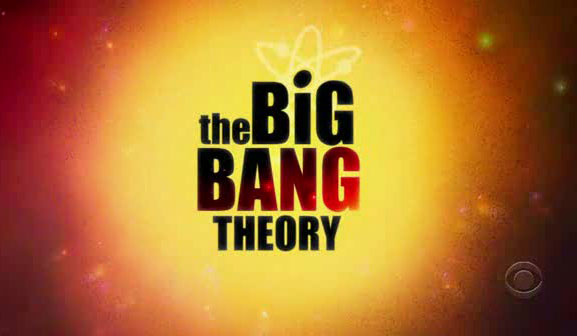Star Astronomy News
Translate This Page Star Clusters of Unimaginable Size Exist in the UniversePosted by Warren Wong on Thursday, September 19, 2013,
In :
Star Astronomy
Magnetars as Massive as Black HolesPosted by Warren Wong on Friday, December 30, 2011,
In :
magnetars
Blaze Your Name in the Night SkyPosted by Warren Wong on Monday, November 22, 2010,
In :
naming stars
Cycle me This, Cycle me ThatPosted by Warren Wong on Saturday, November 13, 2010,
In :
the Sun
Continue reading ... A Greek Letter for Every StarPosted by Warren Wong on Wednesday, November 10, 2010,
In :
star catalogues
Continue reading ... You Think Life on Earth is Tough!Posted by Warren Wong on Wednesday, November 10, 2010,
In :
exo-planets
Continue reading ... The Biggest Bang of Them All?Posted by Warren Wong on Saturday, November 6, 2010,
In :
Star Astronomy
Continue reading ... The First Possible Cradle for a New Human Genesis?Posted by Warren Wong on Thursday, November 4, 2010,
In :
Star Astronomy
Continue reading ... Something Unusual, Something NewPosted by Warren Wong on Monday, November 1, 2010,
In :
Star Astronomy
| Author
Warren Wong
Prince George, British Columbia. Tags |







 Photos NASA
Photos NASA NASA photo
NASA photo